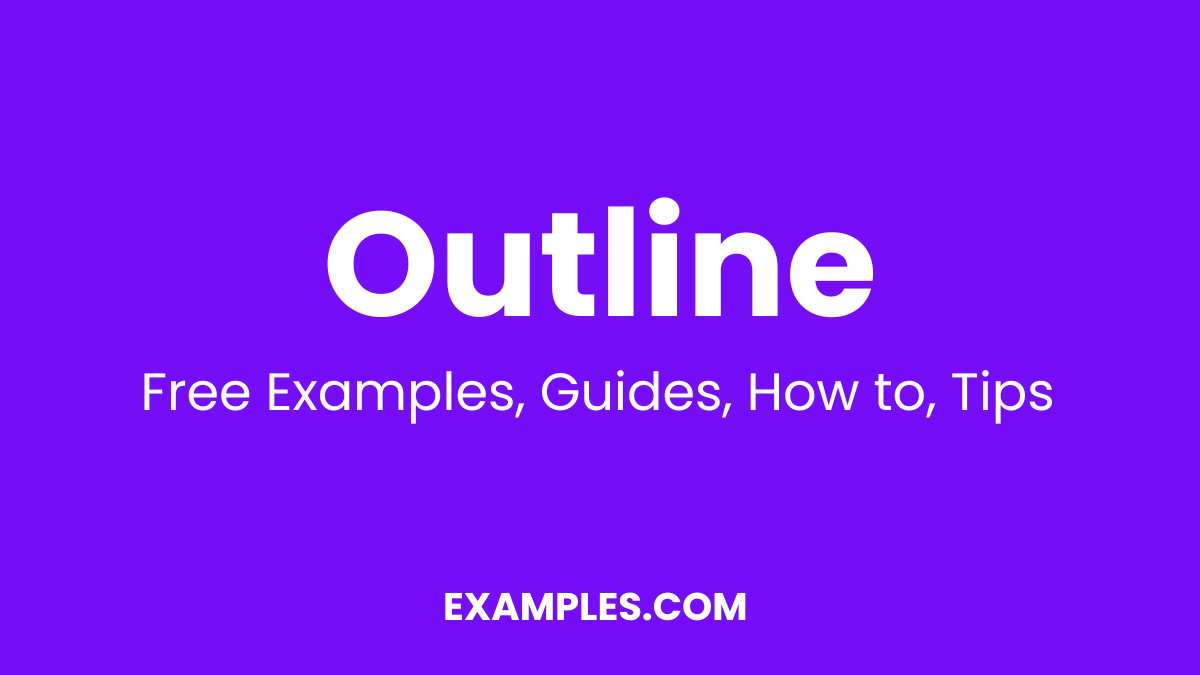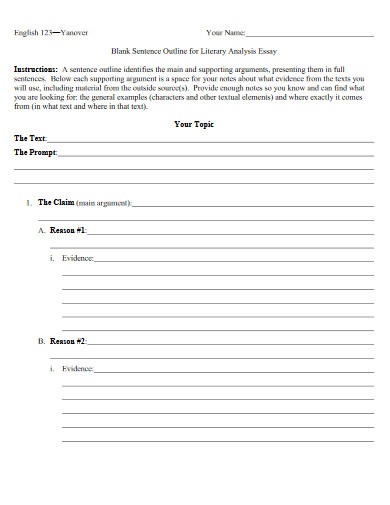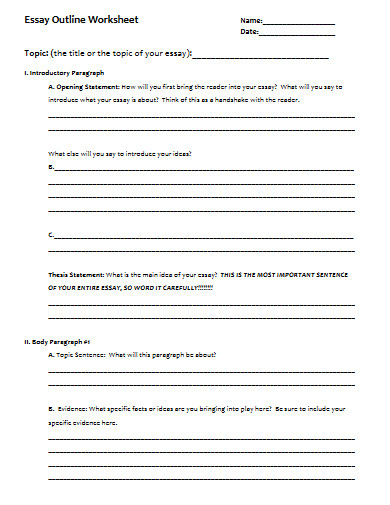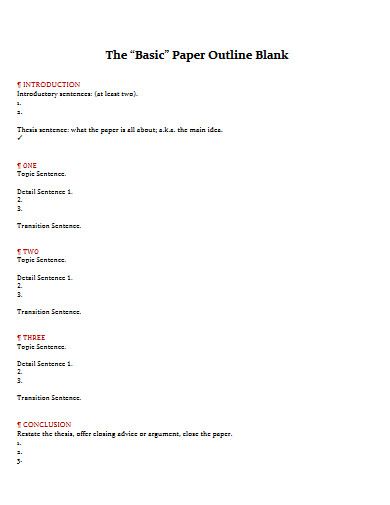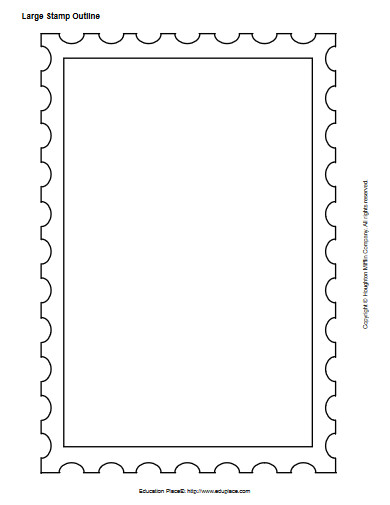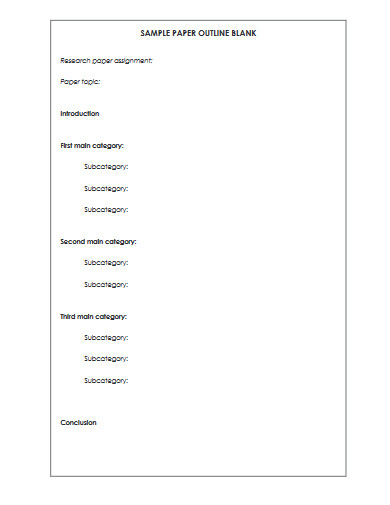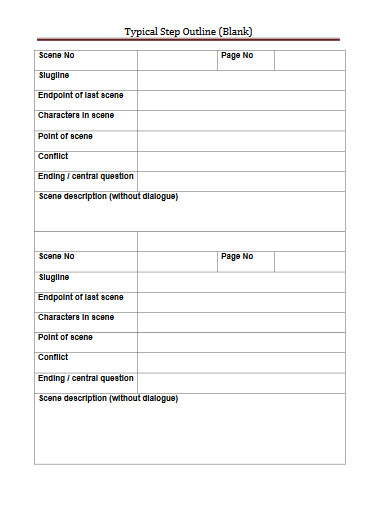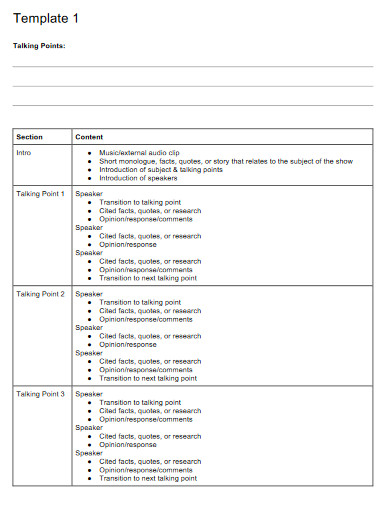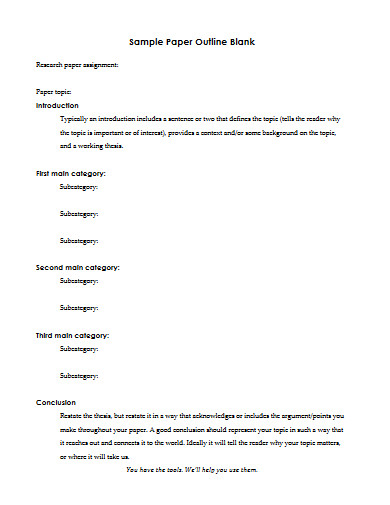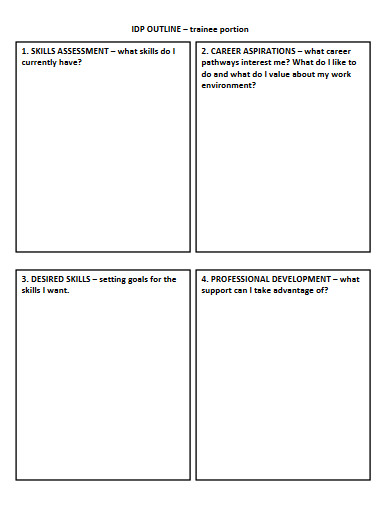Most people find it hard to compose their thoughts. Two out of ten people can quickly put their ideas to words. If you are one of those people who are having a hard time gathering your thoughts, a blank outline can save your day. However, what is a blank outline template? It is comparable to a list that you use while buying your groceries. Yes, it is a blank template where you can write down all the thoughts running inside your head.
To get more ideas about blank outlines? Read the whole article.
[bb_toc content=”][/bb_toc]
10+ Blank Outline Examples in PDF
1. Blank Sentence Outline
2. Blank Essy Outline Worksheet Template
3. Basic Paper Outline Blank
4. Blank Outline Example
5. Large Stamp Outline
6. Blank Speech Outline
7. Sample Paper Outline Blank
8. Blank Typical Step Outline
9. Blank Podcast Outline Template
10. Blank Sample Paper Outline in PDF
11. Blank Trainee Portion Outline
What Is a Blank Outline?
A blank outline can serve as your starting point. It is where you can put your words in a sequence and arrange it if you already used up the spaces it provided for you. It can help lessen your burden in managing the messy ideas flowing within you. While outlining will seem to be a time-consuming task, it can make the writing process much smoother. All of the laborious works paid off after you’ve finished your outline. You’re able to start writing a rational, well-developed article by putting your thoughts into complete sentences.
How to Write an Outline?
Do you want to write a script but don’t know how? For your leverage, you have a blank outline template. It’s a generic template for writing business documents, books, assignments, and final term papers, to name a few examples. The blueprint compiles all of the required information to assist with the creation of complete and accurate records.
To start, here are steps that you should follow:
Step 1: Choose Your Topic
Many authors fail to identify their paper’s initial emphasis. Choosing the right subject is quite daunting. However, considering the greater meaning of your essay is equally important. As a result, make sure to set a goal. It can help strengthen your standards and boundaries for what is suitable content for your essay.
Step 2: Create a List of Ideas
It is the part of the writing process where you brainstorm ideas. The goal is to create a list of key points present in your article or essay. This step may consist of a list of reasons. It could be to respond to a challenge, a list of tools, or even instructions about something.
Step 3: Organize Your Ideas
This step aims to rearrange the list of ideas you created in step 2. Make sure to place them in a logical order for both you and the reader. Actually, there are several ways to organize your opinions, and they can vary based on the kind of essay you’re writing. Most organizational structures are cause and effect, chronological, classification, and process.
Step 4: Order Your Main Points
After organizing your main ideas, incorporate some related material for better reinforcement and support each main idea. This step aims to build on your initial concepts so that your reader understands each point better.
Step 5: Adjust and Review
Most people assume that the outline is complete after step 4, but this is not the case. Writing is a tedious practice, and all good authors keep reviewing and revising their work until they believe it is as good as it can be.
FAQs:
What’s an outline format?
An outline is a method for bringing written thoughts on a subject or thesis into a coherent order. Frameworks arrange major topics like subjects, subtopics, and supporting descriptions. When writing articles, authors use outlines to decide which questions to discuss and in what order.
What’s an outline template?
The term “outline” refers to a description of the key points or a drawing of something’s perimeter. One way to outline is to set down all of the essential aspects of a proposed book before you start to write. An outline is helpful to map the form of the cat before filling in the images.
What are the three types of outlines?
Objectives for learning define three distinct types of outlines:
- Working
- Full-Sentence
- Speaking
With the given samples and information above, you can tell that considering a proper outline is necessary. It can help you to arrange the knowledge hierarchically or logically. A systematic description will help you keep track of vast volumes of material in research papers.


